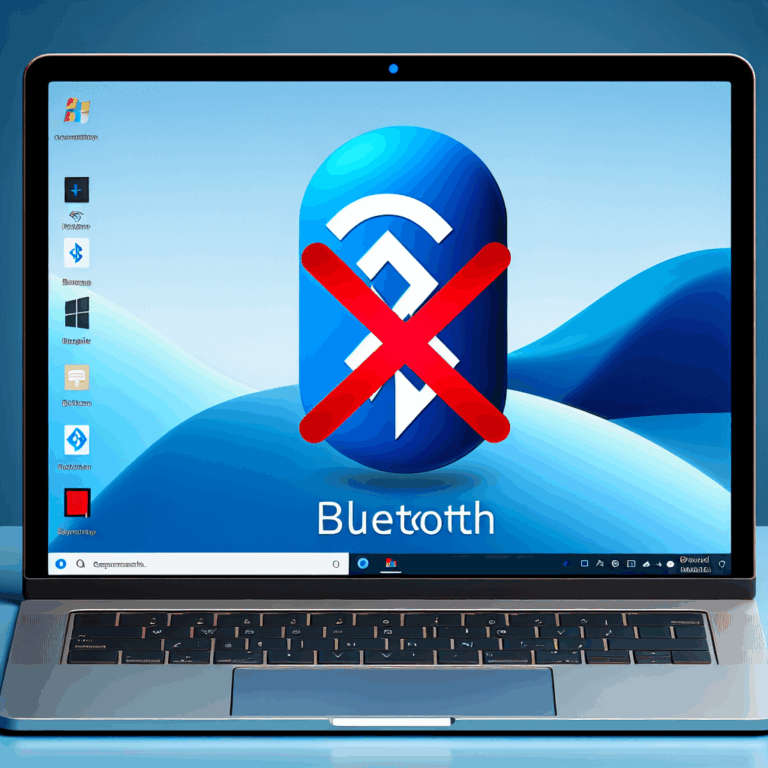How to Fix Windows 11 Taskbar Not Hiding in Fullscreen Mode
Introduction
If you’ve set your Windows 11 taskbar to auto-hide but it still shows up when you’re watching videos, playing games, or using any fullscreen application, it can be distracting. In this guide, we’ll walk you through a series of steps to diagnose and resolve the issue so your taskbar behaves as expected.
Understanding the Auto-hide Feature
Windows 11 offers an auto-hide feature that pushes the taskbar off-screen when you’re in a fullscreen application. When you move your mouse cursor to the bottom of the screen or trigger certain notifications, the taskbar temporarily reappears. If it remains visible at all times, there may be a system setting, application conflict, or a bug causing the problem.
Common Causes
- Taskbar auto-hide not enabled correctly.
- Explorer.exe or Windows Shell glitches.
- Apps sending persistent notifications.
- Outdated Windows build or graphics drivers.
- Registry settings or user profile corruption.
Step-by-Step Troubleshooting
-
Verify Auto-hide Settings
First, ensure the auto-hide feature is turned on.
- Right-click an empty area of the taskbar and select Taskbar settings.
- In the Settings window, expand Taskbar behaviors.
- Check the box for Automatically hide the taskbar in desktop mode (and tablet mode if applicable).
- Close Settings and test fullscreen.
-
Restart Windows Explorer
A quick restart of the Explorer process can clear minor glitches.
- Press Ctrl + Shift + Esc to open Task Manager.
- Find Windows Explorer under the Processes tab.
- Select it and click Restart in the bottom-right corner.
- Wait for the desktop to refresh and test fullscreen behavior again.
-
Check for Persistent Notifications
Apps like messaging or update tools may pin notifications that keep the taskbar active.
- Open the Action Center by pressing Win + A.
- Look for any pinned or active notifications and clear them.
- Disable or adjust notification settings for apps that frequently interrupt.
-
Update Windows and Drivers
Running the latest updates ensures compatibility and bug fixes.
- Go to Settings > Windows Update and click Check for updates.
- Install any pending updates and restart your PC.
- Open Device Manager, expand Display adapters, right-click your GPU, and choose Update driver.
-
Scan for Corrupted System Files
A corrupt system file can interfere with taskbar behavior.
- Open Command Prompt as administrator.
- Run
sfc /scannowand wait for the scan to complete. - If issues are found, restart and rerun the command until no errors remain.
-
Modify Registry (Advanced)
If the above steps fail, a registry tweak might help. Back up your registry first.
- Press Win + R, type
regedit, and press Enter. - Navigate to
HKEY_CURRENT_USER\Software\Microsoft\Windows\CurrentVersion\Explorer\StuckRects3. - Right-click on Settings, choose Export (for backup), then double-click Settings.
- Locate the
FE, FFvalues in the binary data and change them to00. Click OK. - Restart your PC to apply changes.
- Press Win + R, type
-
Create a New User Profile
If your user profile is corrupted, Windows might not respect taskbar settings.
- Open Settings > Accounts > Family & other users.
- Click Add account under Other users.
- Follow prompts to create a new local or Microsoft account.
- Sign in with the new profile and re-enable auto-hide to test.
Prevention Tips
- Keep Windows and drivers up to date via Windows Update.
- Limit the number of background apps sending notifications.
- Regularly restart Explorer or reboot your PC to clear minor glitches.
- Use official Microsoft Store apps to minimize compatibility issues.
Conclusion
By following these troubleshooting steps, you should be able to restore the auto-hide functionality of your Windows 11 taskbar in fullscreen mode. If the problem persists, consider reaching out to Microsoft Support or checking community forums for additional solutions.

